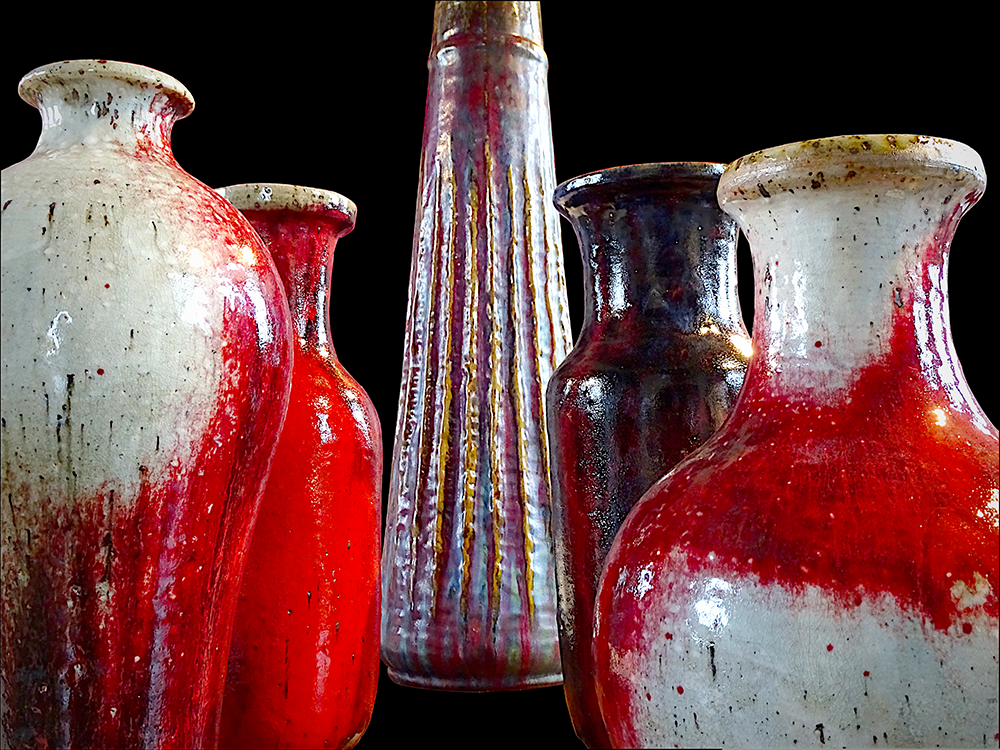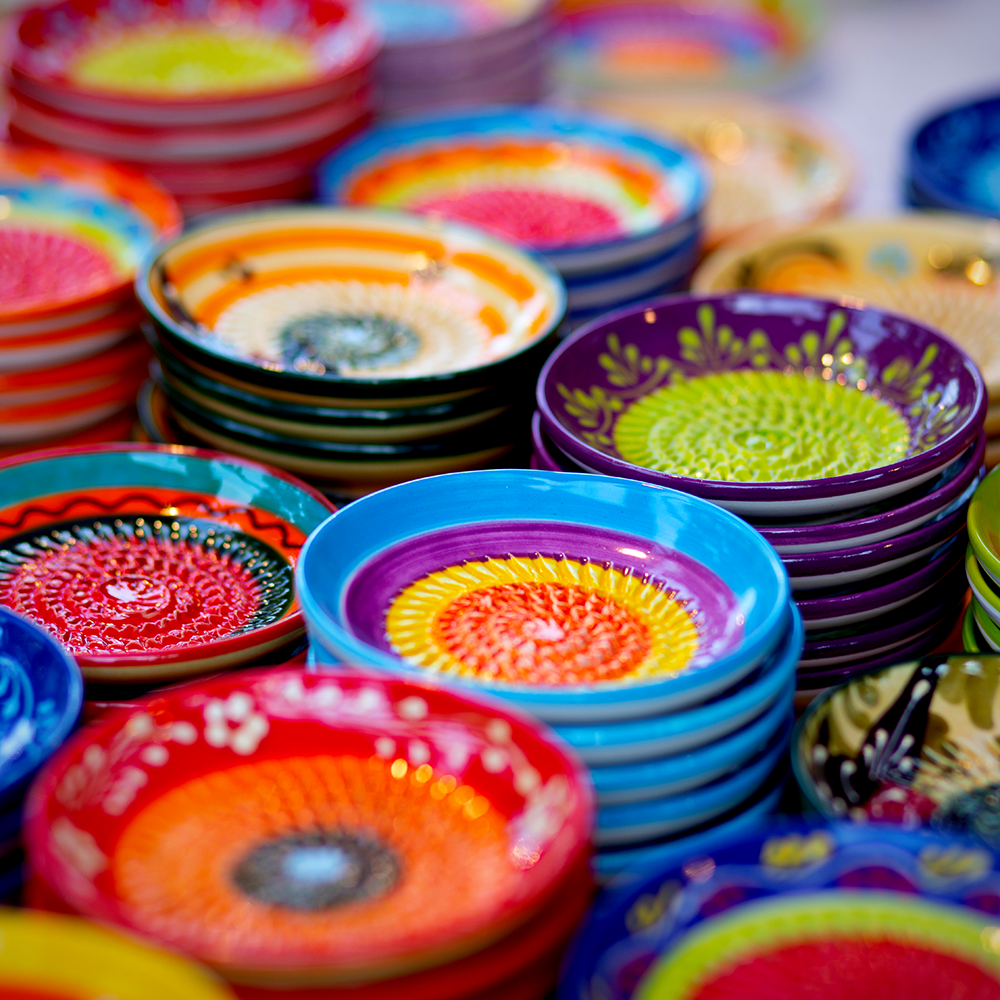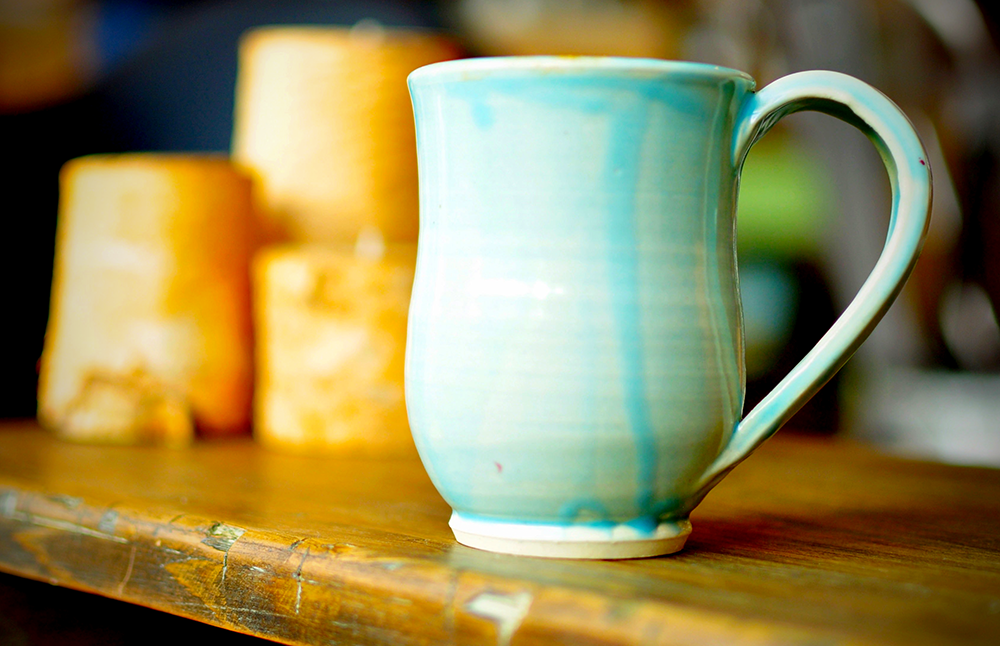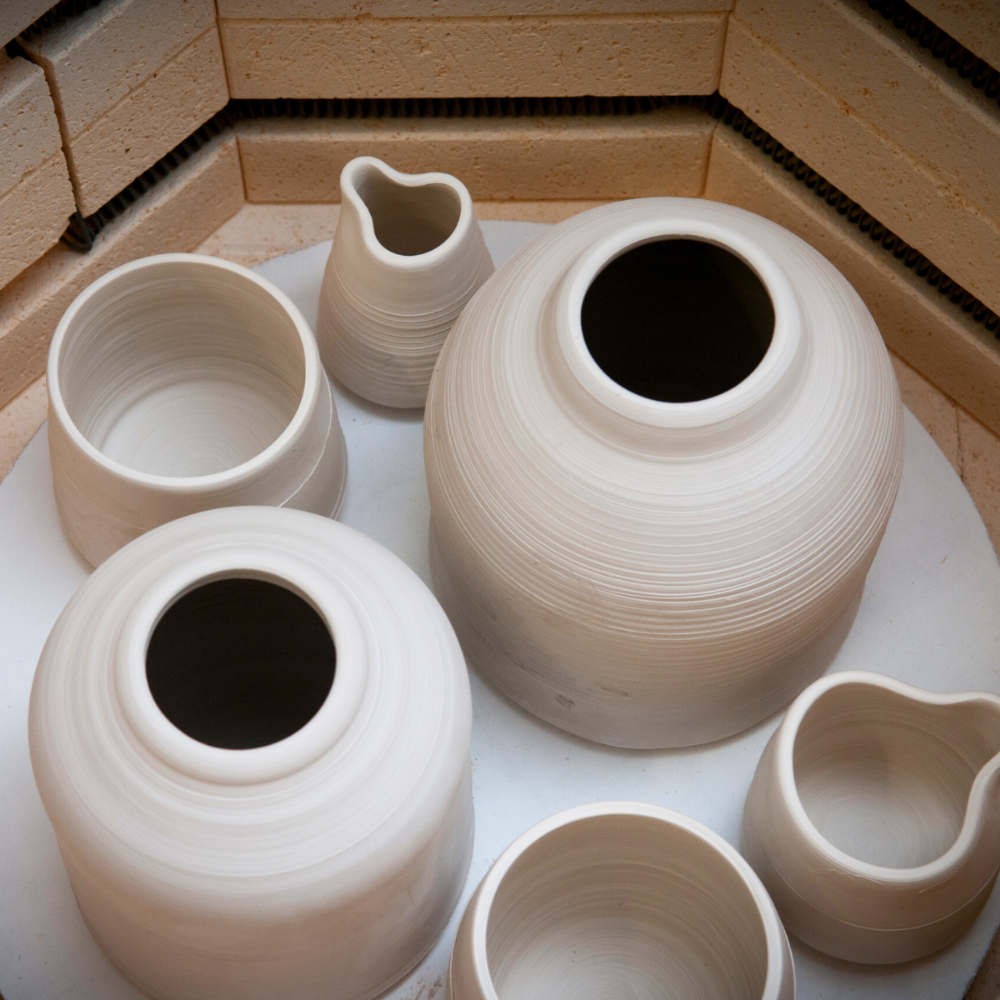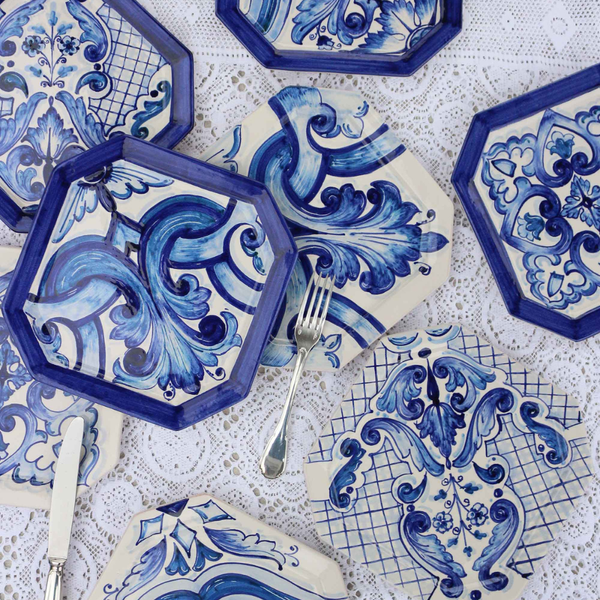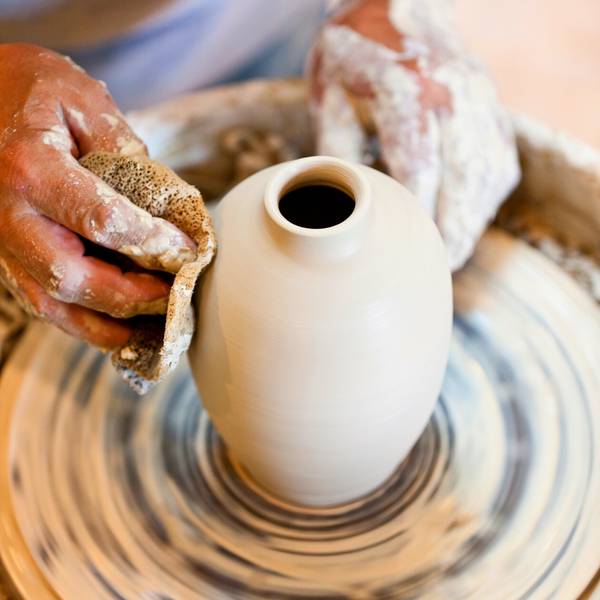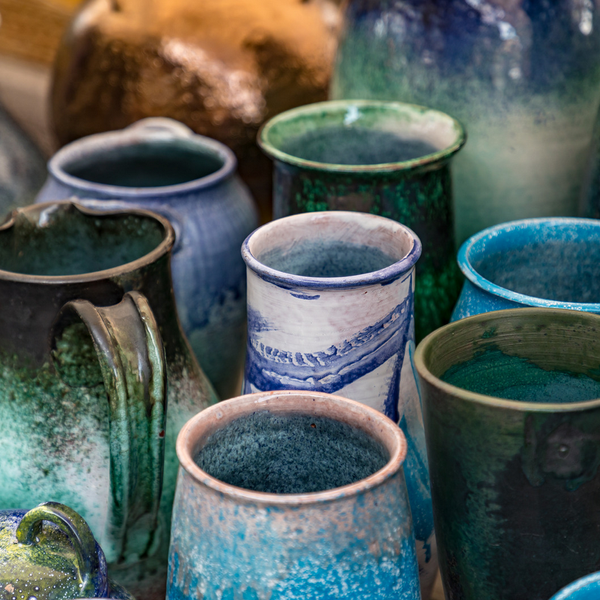Are you often puzzled by the terms "pottery" and "ceramics"?
You're not alone!
While these words are frequently used interchangeably, there are significant differences between the two that are important to understand, especially for enthusiasts and professionals in the field.
In this article, we'll unravel the mysteries, diving into the unique materials, techniques, and rich histories that set pottery and ceramics apart.
Get ready to deepen your appreciation for these fascinating crafts!
Key Takeaways:
- Pottery and ceramics are often used interchangeably, but they have distinct differences.
- Pottery refers specifically to items made from clay and fired at lower temperatures, while ceramics encompass a broader range of materials and techniques.
- Understanding the nuances between pottery and ceramics can enhance appreciation for both art forms.

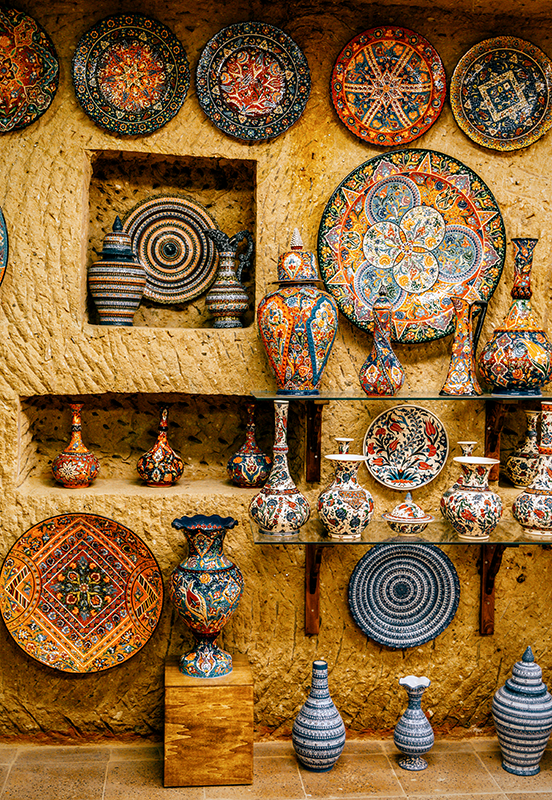
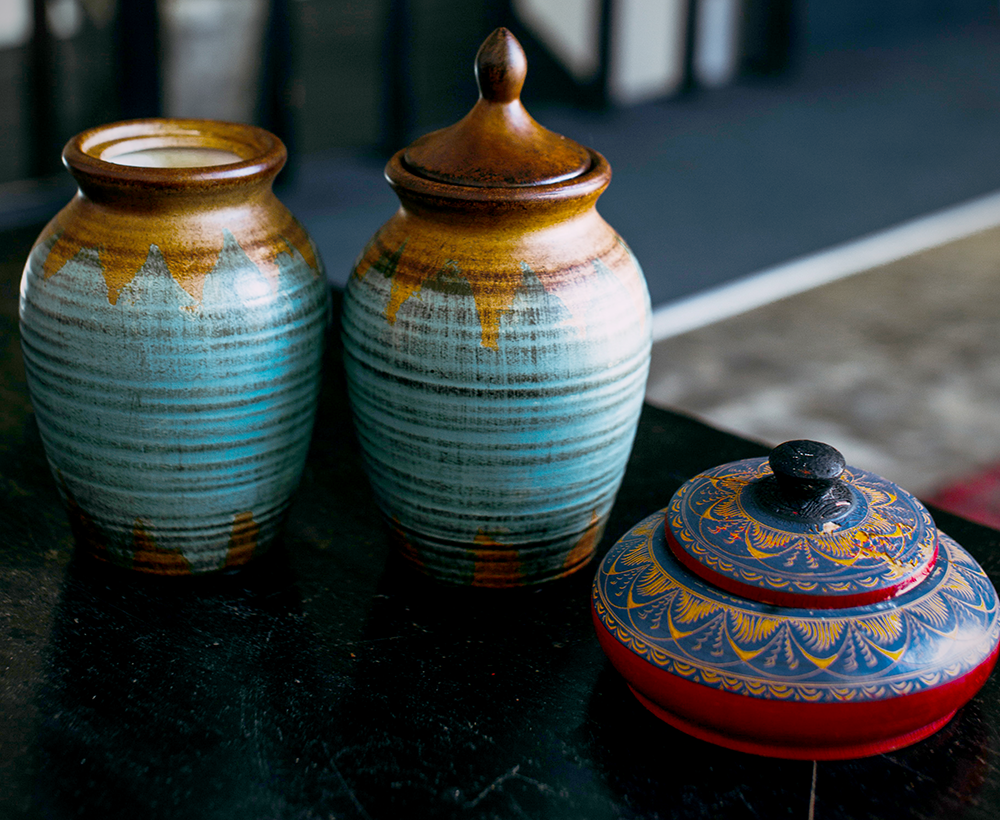
The Origins of Pottery and Ceramics
Pottery has ancient roots, with the earliest known pieces dating back to 29,000 BC.
These early creations were primarily functional, serving as storage containers and cooking vessels.
The word "pottery" itself comes from the Greek word "keramos," meaning "clay."
Ceramics, on the other hand, have a broader history that includes not only pottery but also other ceramic materials like tiles, bricks, and even advanced engineering components.
The term "ceramics" is derived from the Greek word "keramikos," which means "of pottery" or "for pottery."
Materials Used in Pottery
Pottery is typically made from various types of clay, each with its unique properties.
Earthenware clay is one of the most common types, known for its porous nature and lower firing temperatures.
Stoneware clay is another popular choice, offering greater durability and a non-porous finish after firing.
Porcelain clay, also known as fine china, is a type of primary clay that is highly refined and fired at extremely high temperatures.
This results in a translucent white ceramic that is both strong and delicate.
Materials Used in Ceramics
Ceramics encompass a wider range of materials beyond just clay.
These include non-metallic materials like glass, feldspar minerals, and other elements that can be permanently changed when subjected to high temperatures.
Ceramic objects can range from decorative pieces to functional items like roof tiles and even components used for engineering purposes.
Ball clay is another type of clay used in ceramics, known for its fine particles and plasticity.
It is often mixed with other clays to improve workability and strength.
Techniques in Pottery
Pottery techniques have evolved over millennia, but some traditional methods remain popular.
Wheel throwing, for example, involves shaping clay on a rotating pottery wheel.
This technique allows for the creation of symmetrical and functional pottery items like bowls and vases.
Slab construction is another method where clay is rolled out into flat sheets and then cut and assembled into various shapes.
This technique is often used for creating larger, more complex forms that would be difficult to achieve on a pottery wheel.
Techniques in Ceramics
Ceramic techniques are incredibly diverse, ranging from simple pottery tools to advanced technologies.
One common method is bisque firing, where ceramic objects are fired at a lower temperature to remove moisture and harden the clay body.
This process prepares the piece for glazing and a subsequent higher-temperature firing.
Glazing is another crucial technique in ceramics, involving the application of a glass-like coating that not only enhances the appearance but also makes the piece food safe and non-porous.
The firing process for glazed ceramics often involves extremely high temperatures to achieve the desired finish.
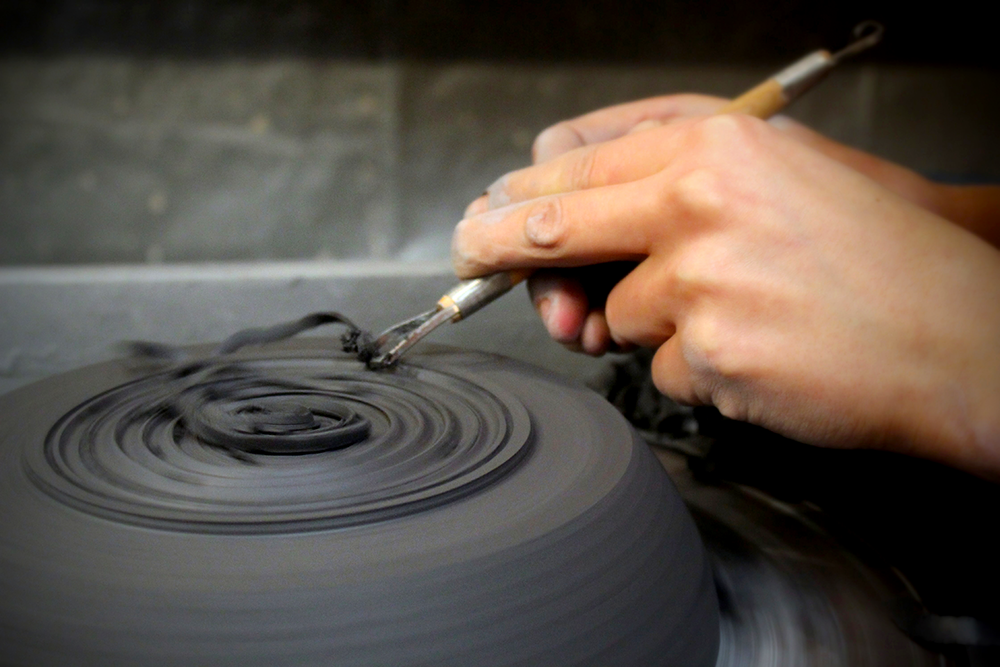
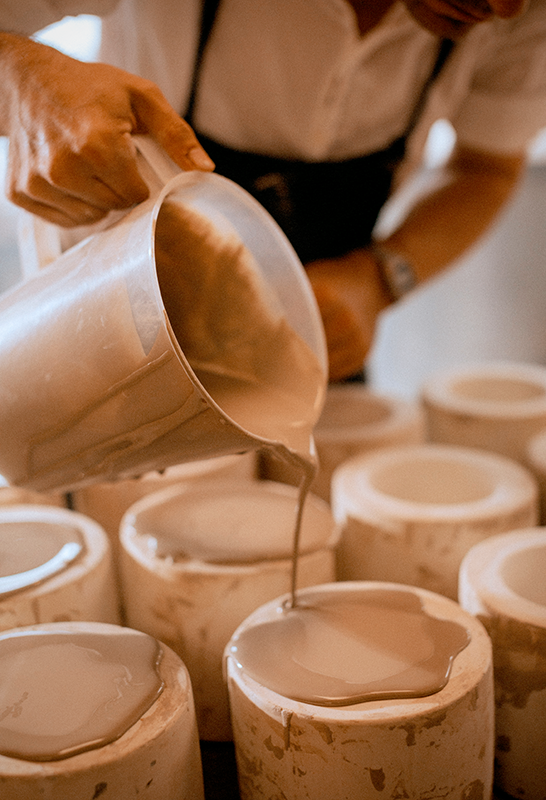

The Firing Process
The firing process is a critical step in both pottery and ceramics, but the temperatures and techniques can vary significantly.
Low fire pottery, for example, is typically fired at temperatures between 1,800 and 2,100 degrees Fahrenheit.
This lower temperature is suitable for earthenware pottery, which remains somewhat porous even after firing.
In contrast, ceramics often require higher temperatures, sometimes exceeding 2,300 degrees Fahrenheit.
This high-temperature firing is essential for materials like porcelain clay and other ceramic materials that need to be fully vitrified to achieve their final properties.
Functional vs. Decorative
Pottery is often associated with functional items like bowls, plates, and flower pots.
These pieces are designed to be used in everyday life, although they can also be highly decorative.
The pottery making process focuses on creating items that are both beautiful and practical.
Ceramics, however, can be purely decorative or serve specialized functions.
Decorative objects like fine art sculptures and intricate tiles are common in the ceramic arts.
Ceramics can also be used for engineering purposes, such as in the production of heat-resistant components and electrical insulators.
The Role of Glaze
Glaze plays a significant role in both pottery and ceramics, but its application and purpose can differ.
In pottery, glaze is often used to create a smooth, glass-like surface that is both aesthetically pleasing and functional.
It can make the piece non-porous and food safe, which is essential for items like plates and bowls.
In ceramics, glaze can serve additional purposes.
For example, it can be used to create specific textures or finishes that are not achievable through other means.
Glaze can also enhance the durability and longevity of ceramic objects, making them suitable for a wider range of applications.
Artistic Expression
Both pottery and ceramics offer immense opportunities for artistic expression.
Pottery allows artists to explore form and function, creating pieces that are both beautiful and useful.
The tactile nature of working with clay and the immediacy of the pottery wheel provide a unique creative experience.
Ceramics, on the other hand, offer a broader canvas for artistic expression.
Ceramic artists can experiment with a variety of materials and techniques, from wheel throwing to slab construction and beyond.
The versatility of ceramics allows for the creation of intricate, detailed art pieces that can be both functional and purely decorative.
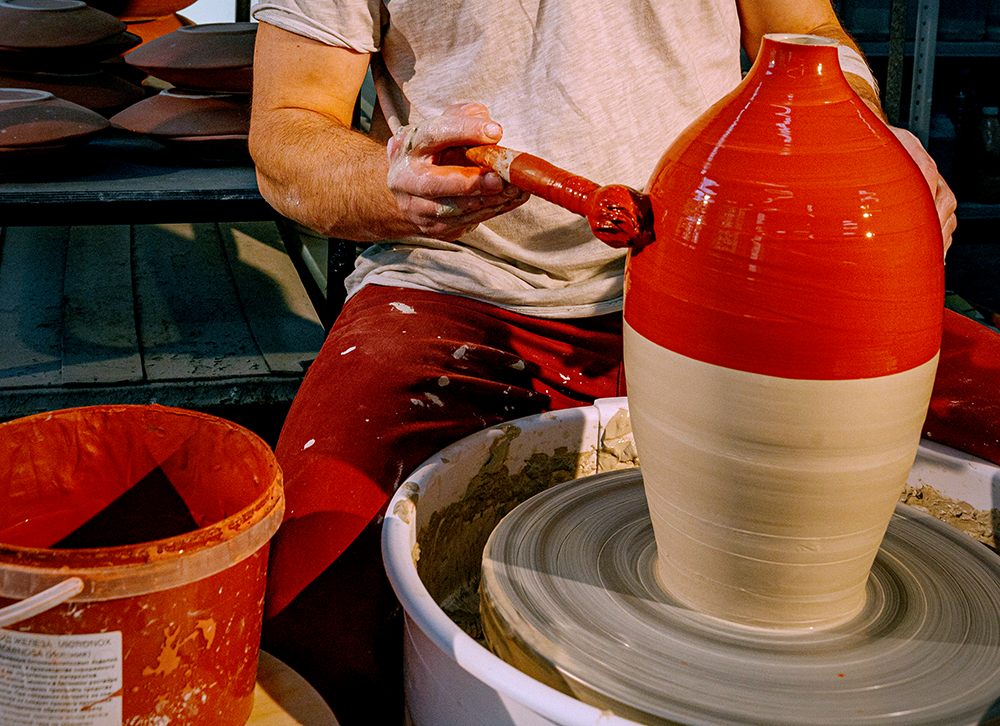
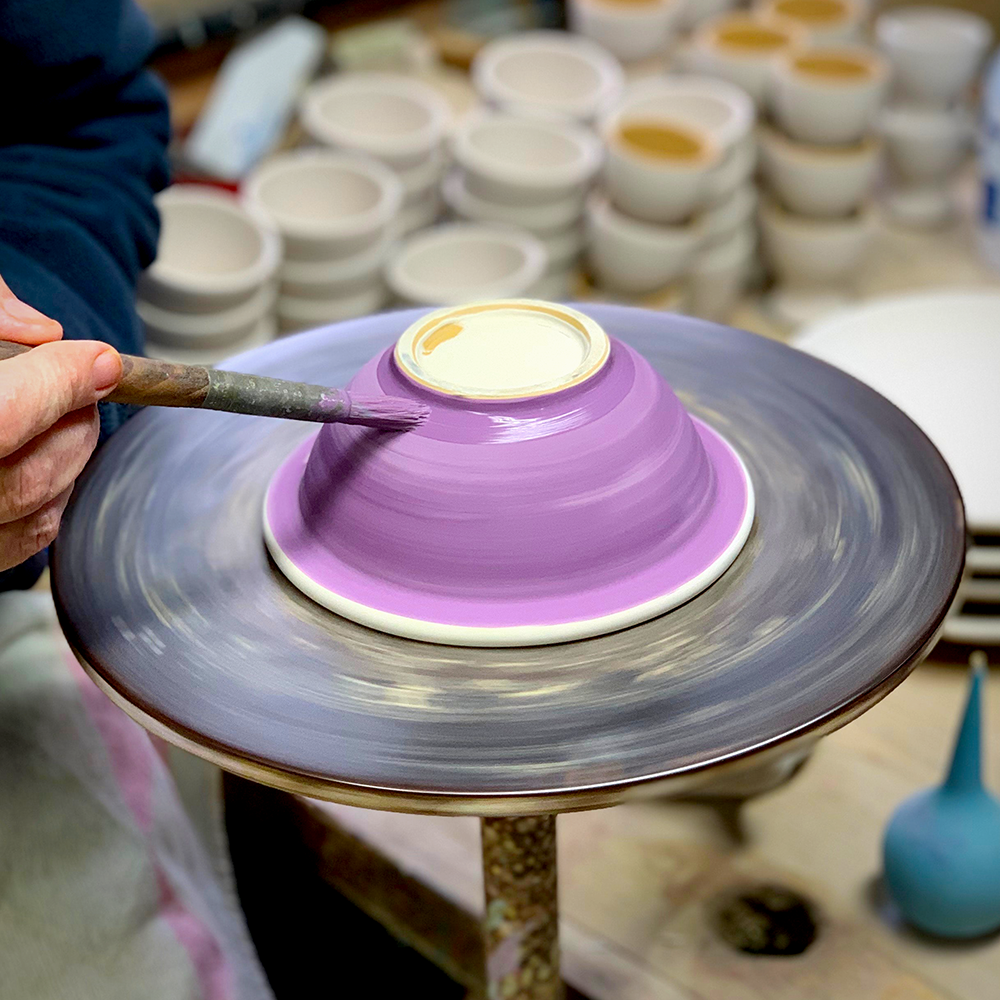

Historical Context
The history of pottery is rich and varied, with different cultures contributing unique styles and techniques.
For example, ancient Greek pottery is renowned for its intricate designs and use of iron oxide to create black and red figures.
Similarly, traditional ceramics from the Middle East often feature elaborate geometric patterns and vibrant colors.
Ceramics also have a diverse history, encompassing everything from ancient Chinese porcelain to modern studio pottery.
The development of ceramics has been influenced by technological advancements and cultural exchanges, resulting in a wide array of styles and techniques.
Modern Applications
In contemporary times, both pottery and ceramics have found new applications and audiences.
Pottery remains popular for its functional and decorative qualities, with many artists and hobbyists exploring the craft.
The pottery wheel continues to be a central tool in the creation of pottery items, from simple bowls to complex vases.
Ceramics have expanded into various fields, including industrial and engineering applications.
Advanced ceramics are used in everything from medical implants to aerospace components, showcasing the material's versatility and durability.
The use of ceramics in fine art has also grown, with many artists pushing the boundaries of what is possible with ceramic techniques.
Educational Opportunities
For those interested in learning more about pottery and ceramics, there are numerous educational opportunities available.
Many community centers and art schools offer classes in pottery making, covering techniques like wheel throwing and slab construction.
These classes provide hands-on experience and a deeper understanding of the pottery making process.
Ceramics education often includes more advanced topics, such as the chemistry of glazes and the physics of firing.
Universities and specialized art schools offer degree programs in ceramic arts, allowing students to explore the field in depth and develop their skills.
The Importance of Community
The pottery and ceramics communities are vibrant and supportive, offering opportunities for collaboration and learning.
Pottery studios often serve as gathering places for artists to share ideas and techniques.
These spaces foster a sense of camaraderie and mutual support, helping artists to grow and develop their craft.
Ceramic artists also benefit from a strong sense of community, with many participating in exhibitions, workshops, and conferences.
These events provide a platform for artists to showcase their work, learn from others, and stay updated on the latest trends and techniques in the field.
Environmental Considerations
Both pottery and ceramics have environmental impacts that are important to consider.
The extraction and processing of clay and other materials can have significant ecological consequences.
Additionally, the firing process consumes a considerable amount of energy, contributing to greenhouse gas emissions.
However, many artists and manufacturers are taking steps to reduce their environmental footprint.
This includes using locally sourced materials, recycling clay scraps, and investing in energy-efficient kilns.
By adopting sustainable practices, the pottery and ceramics communities can help mitigate their environmental impact.
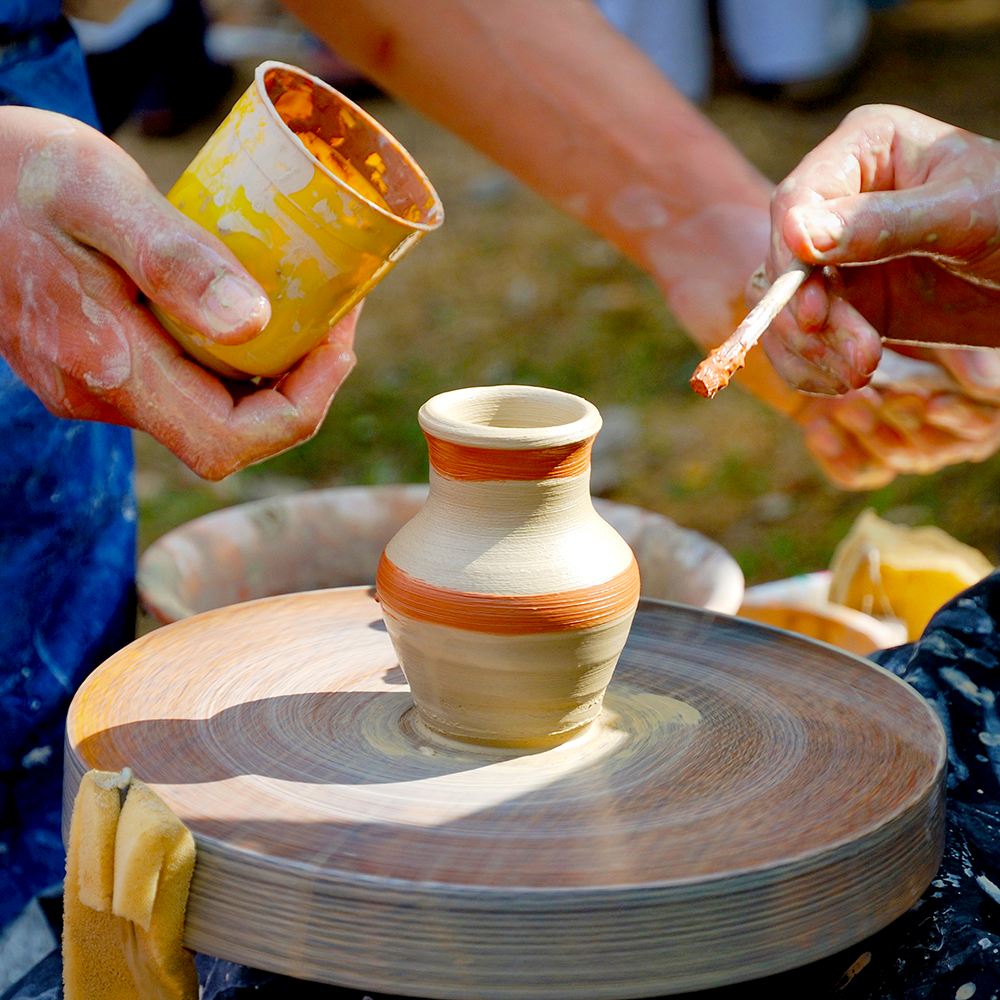
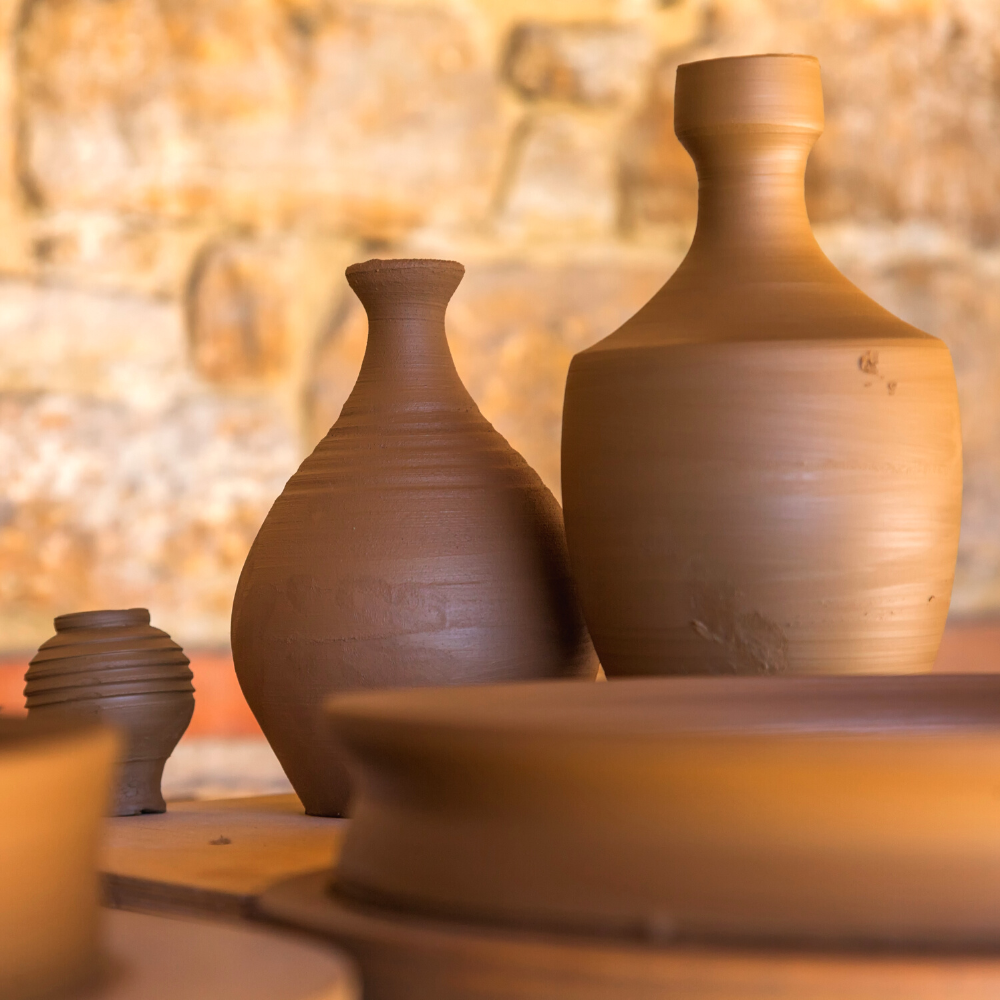

Unlocking the Artistry: Pottery vs. Ceramics
Grasping the distinctions between pottery and ceramics not only deepens your appreciation but also enriches your experience with these art forms.
Pottery, with its focus on functional clay items, offers a tactile connection to everyday life, while ceramics, encompassing a wider array of materials and techniques, opens up endless possibilities for artistic expression.
Both crafts carry profound historical and cultural significance, inviting you to explore and celebrate their unique contributions to the world of art.
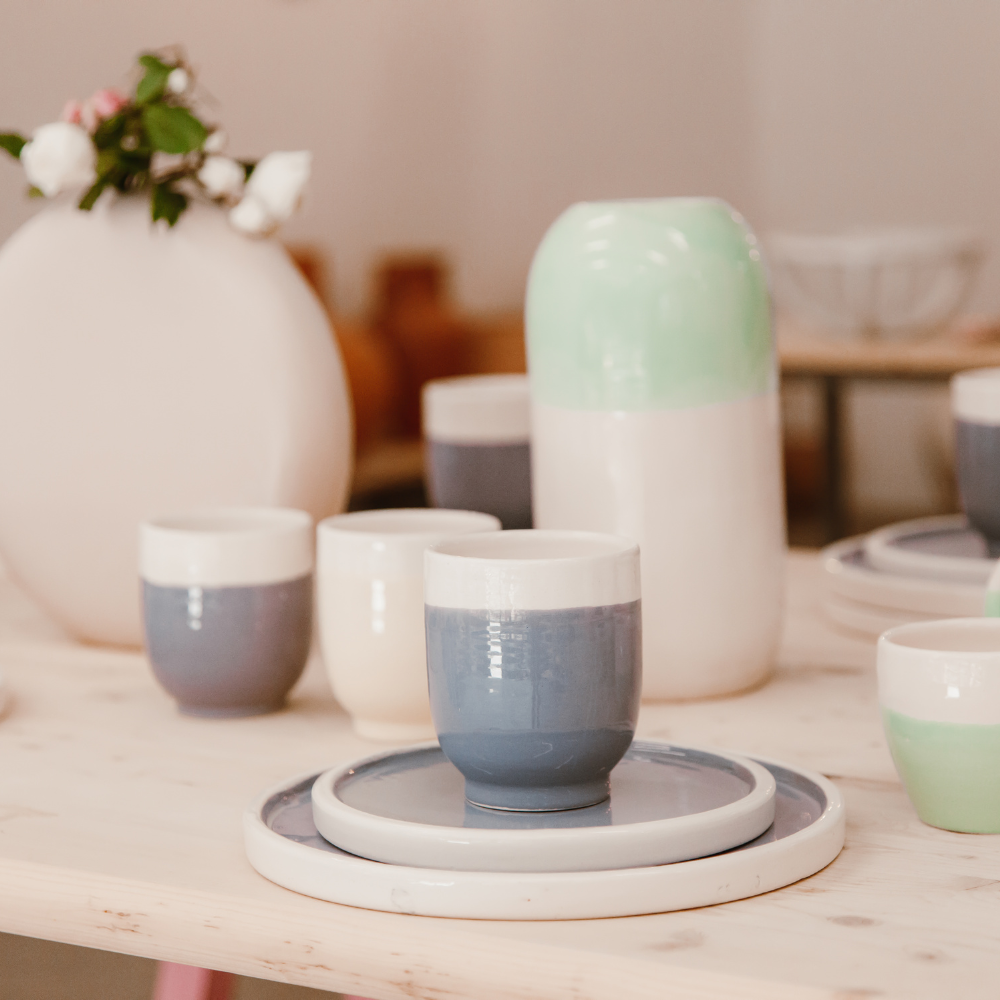
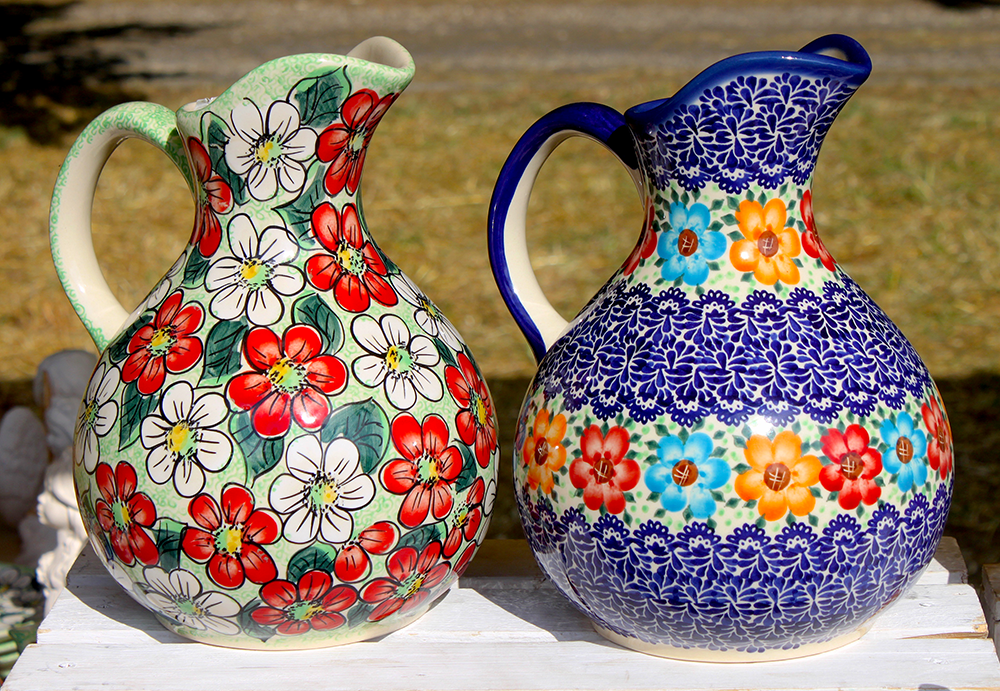
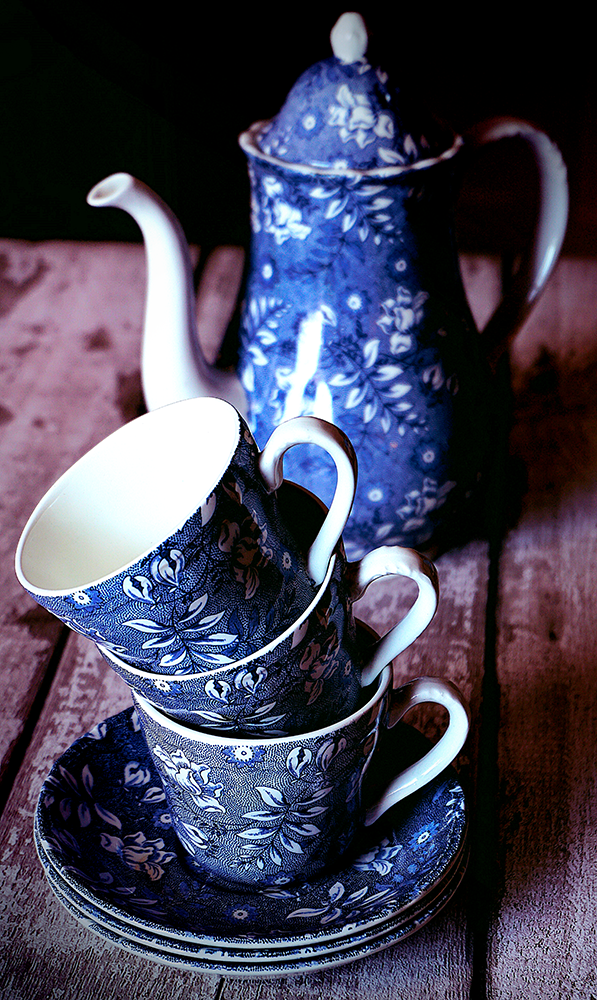
Ceramics FAQs
Curious about the world of ceramics and pottery? You're in the right place!
Whether you're a seasoned artist or a curious beginner, these FAQs will guide you through the fascinating nuances of this ancient craft.
From understanding the key differences between pottery and ceramics to exploring the artistic potential of clay, we've got all your burning questions covered.
Dive in and discover the magic behind these timeless creations!
What is the main difference between pottery and ceramics?
The main difference between pottery and ceramics lies in their scope and materials. Pottery specifically refers to items made from clay and fired at lower temperatures, often for functional purposes. Ceramics, on the other hand, include a wider range of materials and techniques, encompassing both functional and decorative objects.
Are all ceramics made from clay?
Not all ceramics are made from clay. While clay is a primary material in pottery, ceramics can also include other non-metallic materials like glass and feldspar minerals. These materials can be permanently changed when subjected to high temperatures, resulting in a wide variety of ceramic objects.
Can pottery be considered fine art?
Yes, pottery can be considered fine art. Many pottery items are not only functional but also highly decorative and artistically significant. The pottery making process allows for a great deal of creativity and artistic expression, making it a respected and valued art form.
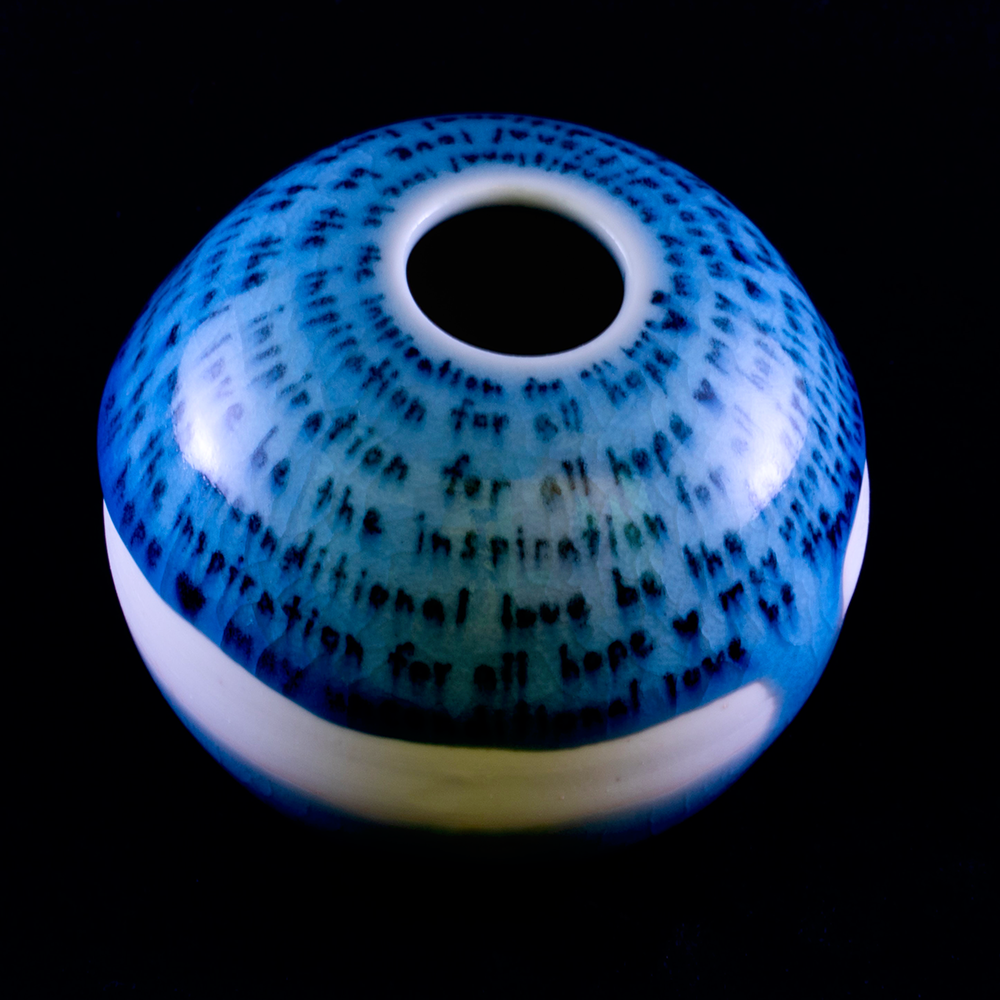


Looking to explore glazing for your pottery and ceramics? Check out Clay Corner Studio's video!
Want even more content about creativity and art?
Be sure to check out all of our creative chronicles!
Love pottery and working with clay?
Check out some of our other ceramic articles:
-What is the difference between ceramics and pottery?
-How can you tell the difference between pottery and porcelain?
-What is more expensive: stoneware or porcelain?
-Is stoneware the same as ceramic?
-What is Italian pottery called?
